Ancient news stories
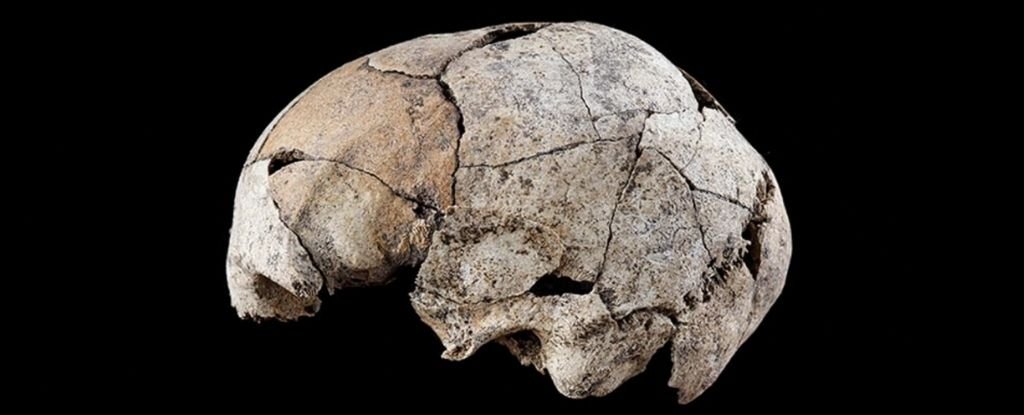
An ancient skull uncovered at a 6,000-year-old megalithic monument in Spain still holds signs of what would have been a brutal ear surgery.
Researchers have created the largest-ever family tree – a genealogical network of human genetic diversity – that is a major step towards mapping the genetic relationships between all humans.

Archaeologists believe they may have found evidence of a 4,000-year-old prehistoric burial mound during the construction of new student flats.
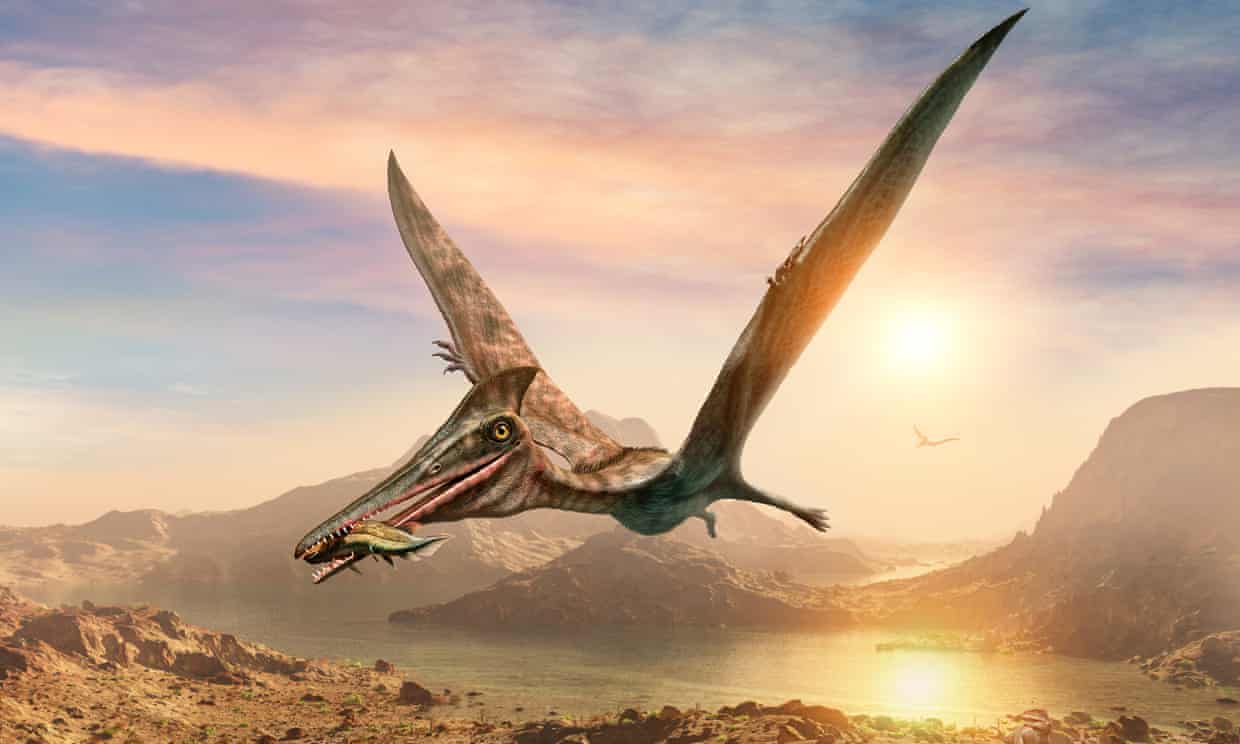
It might be best known today for its otters and puffins but 170m years ago the Isle of Skye was home to an enormous flying reptile with a wingspan bigger than a kingsize bed, researchers have revealed.
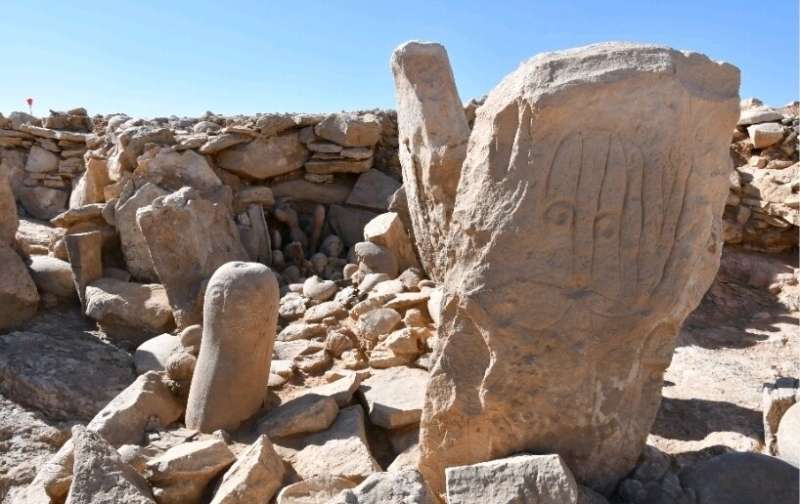
A team of Jordanian and French archaeologists said Tuesday that it had found a roughly 9,000-year-old shrine at a remote Neolithic site in Jordan’s eastern desert.
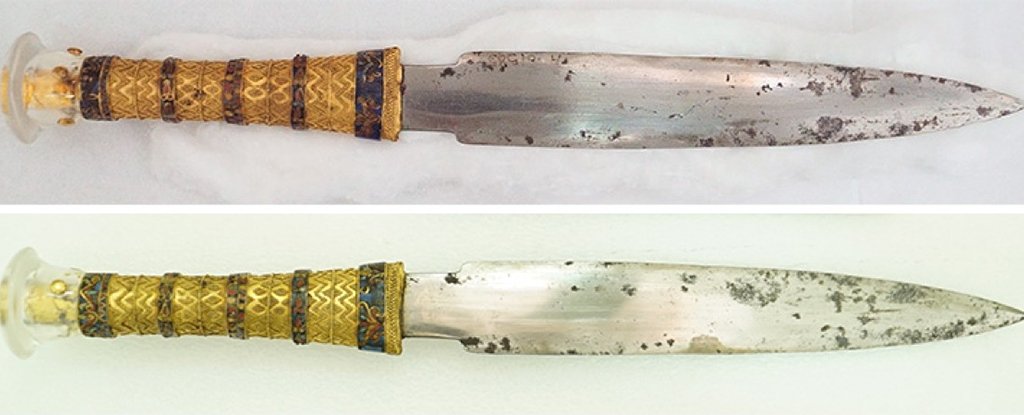
You may already know the legend of King Tutankhamen’s space dagger – an iron weapon forged from the rock of meteorites, and entombed with the ancient Egyptian pharaoh. Now a new study has revealed more details about this most fascinating and mysterious of artifacts
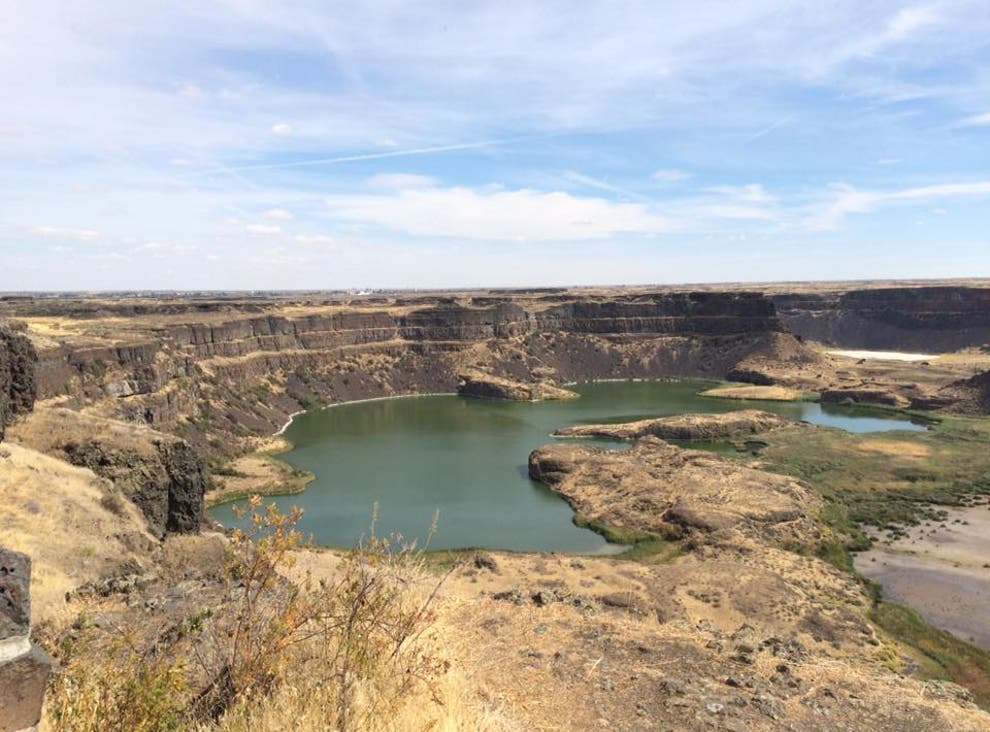
Retreating ice at the end of the last ice age created bewildering landscape of gulleys, plateaus and dry waterfalls which have long puzzled geologists studying their formation
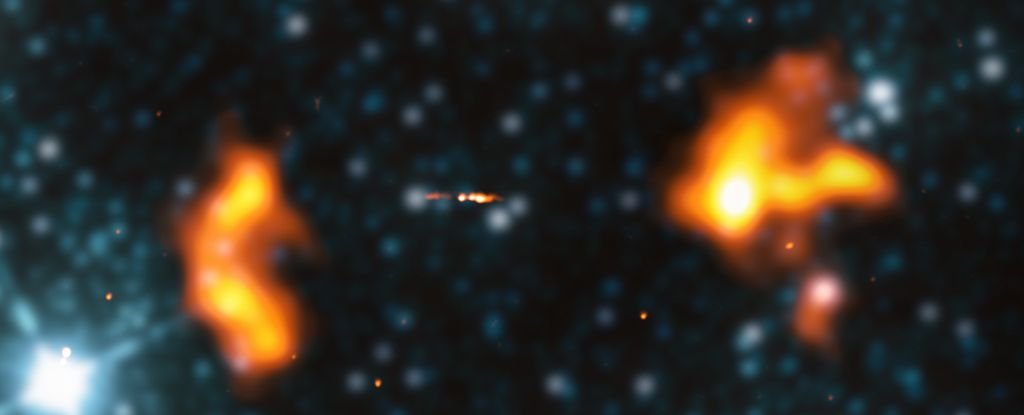
Astronomers have just found an absolute monster of a galaxy. Lurking some 3 billion light-years away, Alcyoneus is a giant radio galaxy reaching 5 megaparsecs into space. That’s 16.3 million light-years long, and constitutes the largest known structure of galactic origin.

All through history, humans have created and shared stories that ponder the creation of stars—what they are and how the first stars came to be.
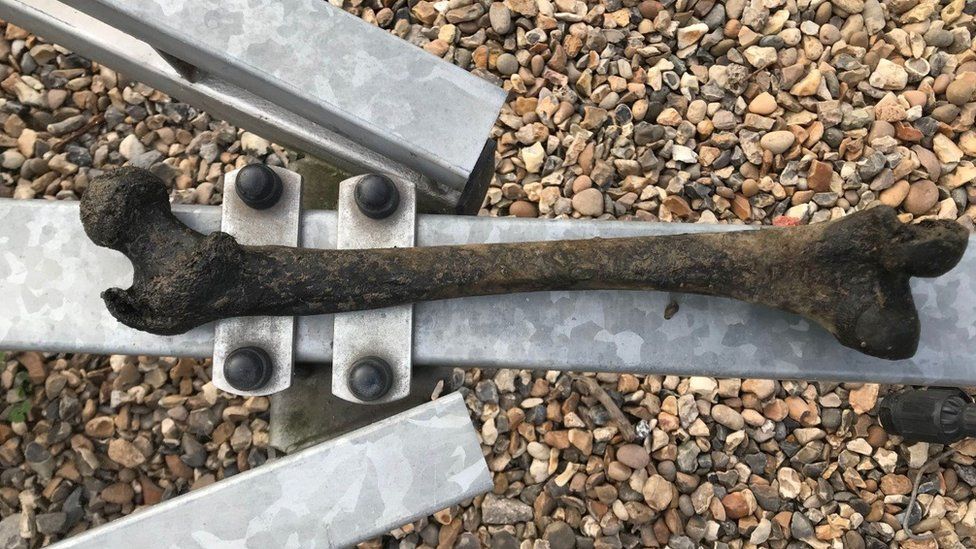
Lying on the pebbles and rocks of the riverbed at low tide was a human femur, or upper leg bone.

The 2,000-year-old fragments also included receipts, school texts, trade information and lists of names, according to researchers at Germany’s University of Tübingen, which carried out the excavation.
Image from Encyclopædia Britannica (Wiki Commons)
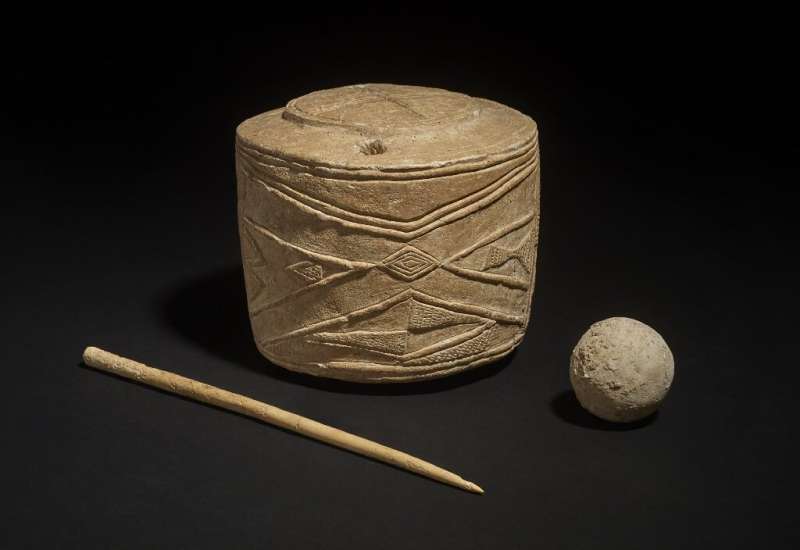
The 5,000-year-old drum carved from chalk is set to go on display for the first time in a major exhibition about the Neolithic site of Stonehenge and its historical context.
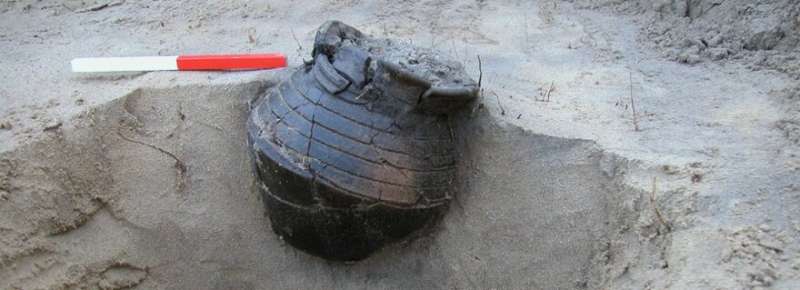
An incredible quantity of archaeological reports are stored in digital archives. If you want to search for information in them, you have to do this manually. And that is a real chore.
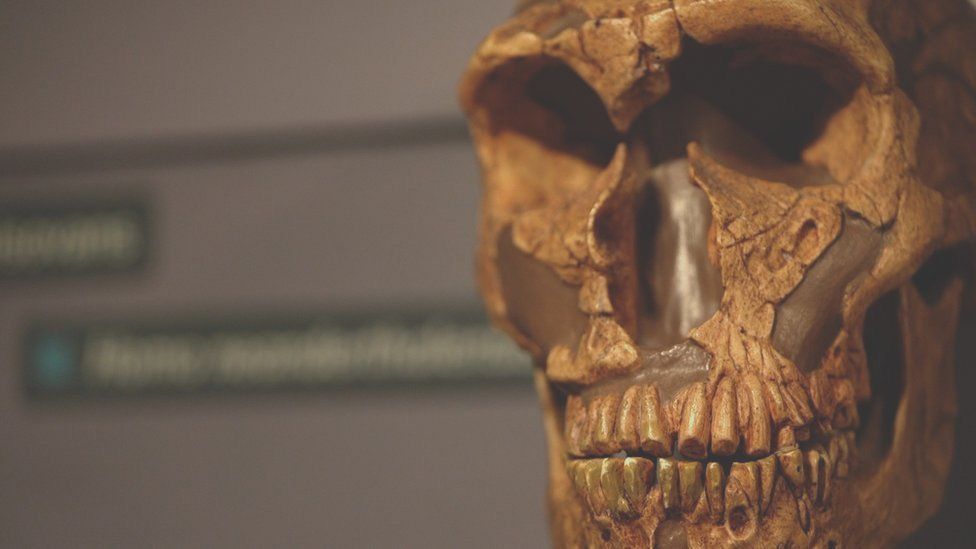
New fossils are challenging ideas that modern humans wiped out Neanderthals soon after arriving from Africa.

Experts think the violent blast incinerated Hopewell settlements in what is now Ohio.
Image from:File:Map of Muskingum County Ohio With Municipal and Township Labels.PNG (Wiki Commons)

Once, there were giants. Mountain ranges that rivaled the Himalayas in height used to stretch thousands upon thousands of kilometers across the seams of merging supercontinents, billions of years in the past.








